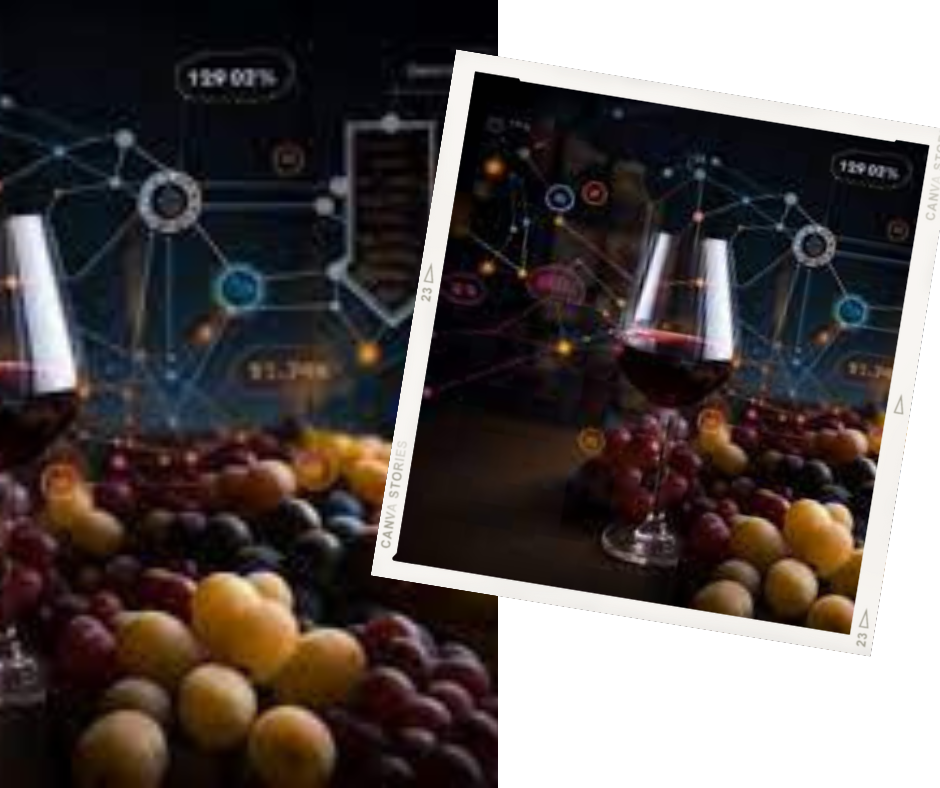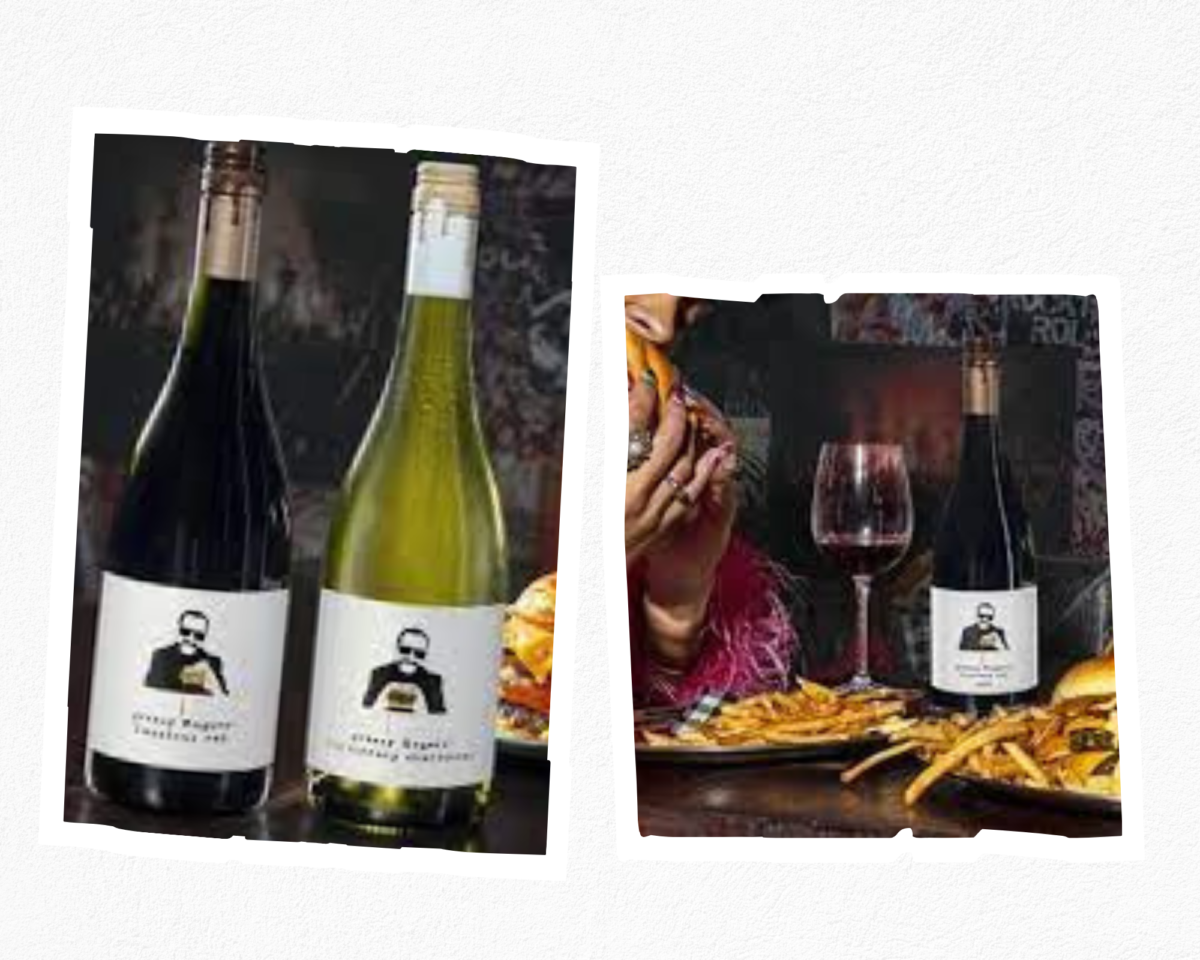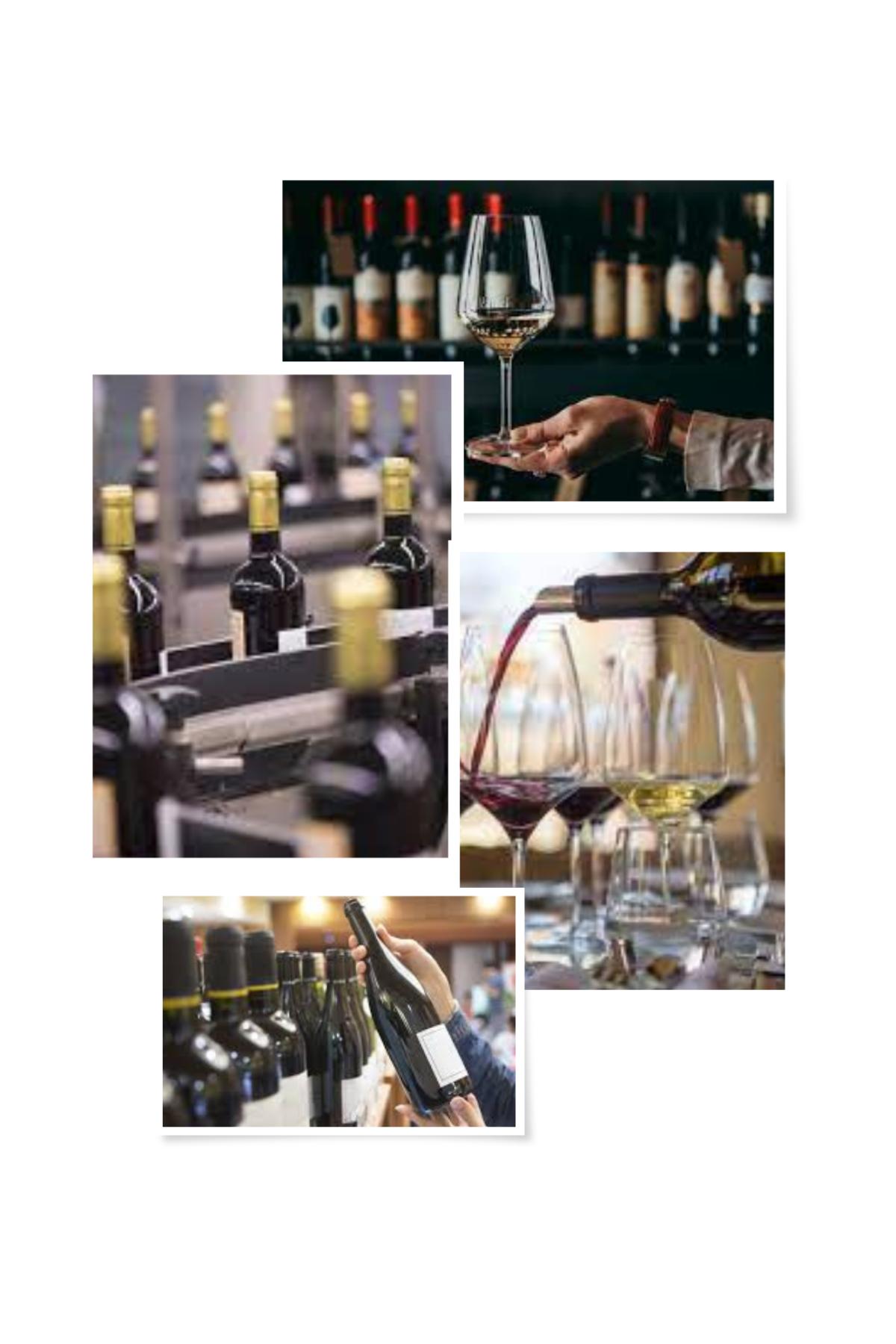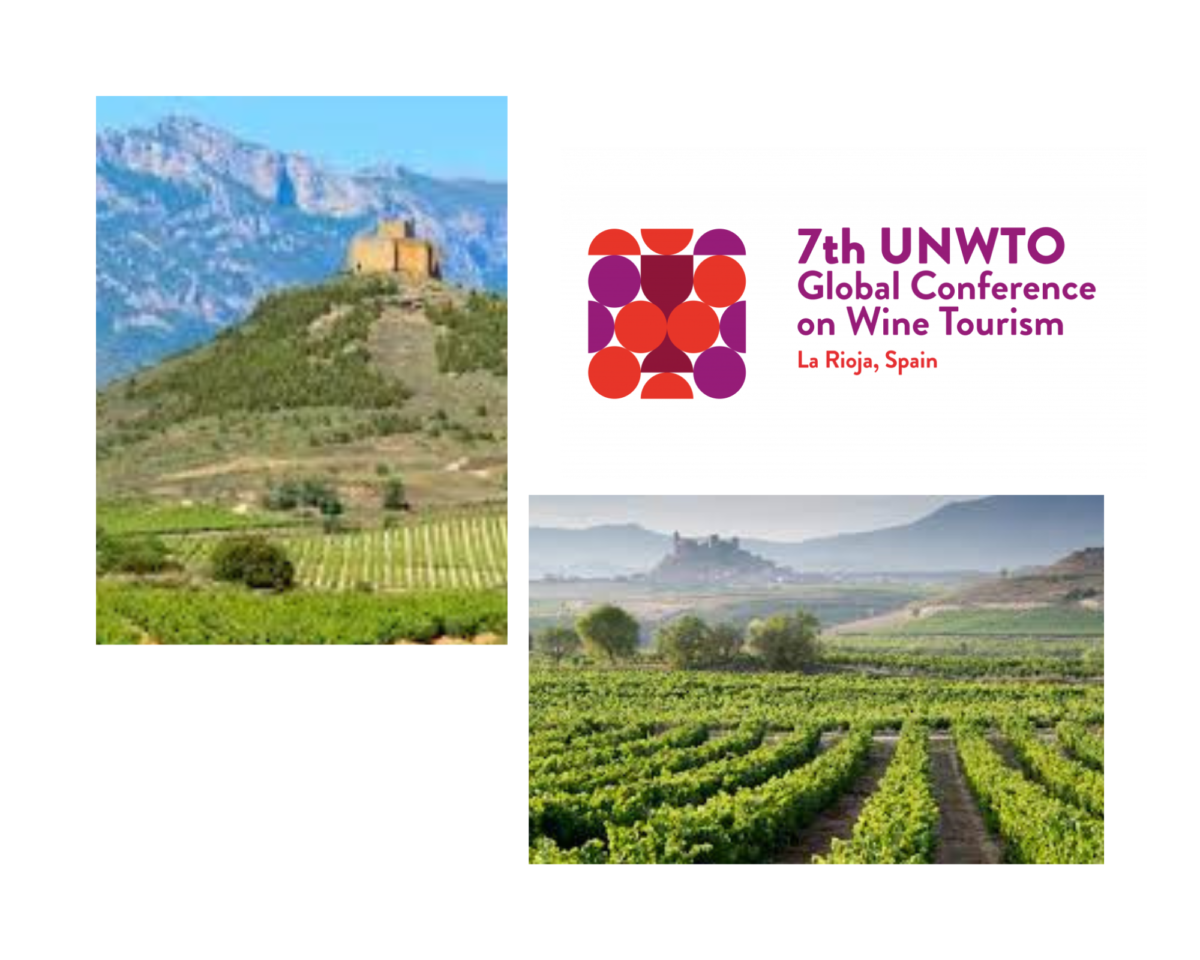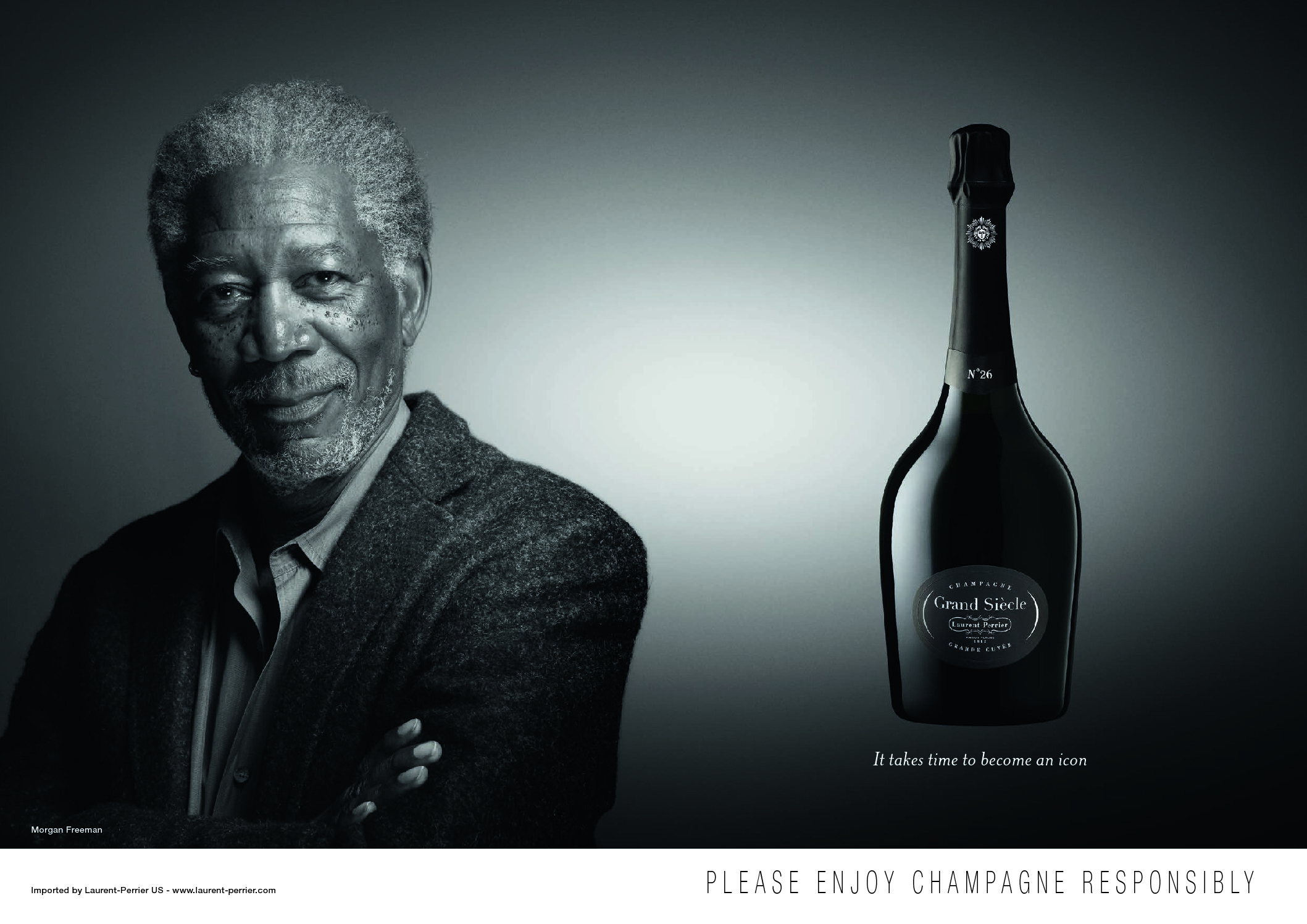For wine enthusiasts, choosing a bottle of wine can be challenging when scanning unfamiliar labels, while shopping. Questions that come to mind: What does it taste like? What was the last one I bought that tasted so good? Vivino, Hello Vino, Wine Searcher and other apps let wine buyers scan labels to get information about the wine and read reviews of others. These apps have been built from artificially intelligent algorithms.
Using taste or other sensory inputs as data sources is entirely new.
Now, scientists from the Technical University of Denmark (DTU), the University of Copenhagen and Caltech have shown that you can add a new parameter to the algorithms that makes it easier to find a precise match for your own taste buds: Namely, people’s impressions of flavour.
“We have demonstrated that, by feeding an algorithm with data consisting of people’s flavour impressions, the algorithm can make more accurate predictions of what kind of wine we individually prefer,” says Thoranna Bender, a graduate student at DTU who conducted the study under the auspices of the Pioneer Centre for AI at the University of Copenhagen.
More accurate predictions of people’s favourite wines
The researchers held wine tastings during which 256 participants were asked to arrange shot-sized cups of different wines on a piece of A3 paper based upon which wines they thought tasted most similarly. The greater the distance between the cups, the greater the difference in their flavour. The method is widely used in consumer tests. The researchers then digitized the points on the sheets of paper by photographing them.
The data collected from the wine tastings was then combined with hundreds of thousands of wine labels and user reviews provided to the researchers by Vivino, a global wine app and marketplace. Next, the researchers developed an algorithm based on the enormous data set.
“The dimension of flavour that we created in the model provides us with information about which wines are similar in taste and which are not. So, for example, I can stand with my favourite bottle of wine and say: I would like to know which wine is most similar to it in taste – or both in taste and price,” says Thoranna Bender.
Professor and co-author Serge Belongie from the Department of Computer Science, who heads the Pioneer Centre for AI at the University of Copenhagen, adds:
“We can see that when the algorithm combines the data from wine labels and reviews with the data from the wine tastings, it makes more accurate predictions of people’s wine preferences than when it only uses the traditional types of data in the form of images and text. So, teaching machines to use human sensory experiences results in better algorithms that benefit the user.”
Thoranna Bender points out that the researchers’ method can easily be transferred to other types of food and drink as well:
“We’ve chosen wine as a case, but the same method can just as well be applied to beer and coffee. For example, the approach can be used to recommend products and perhaps even food recipes to people. And if we can better understand the taste similarities in food, we can also use it in the healthcare sector to put together meals that meet with the tastes and nutritional needs of patients. It might even be used to develop foods tailored to different taste profiles.”
The researchers have published their data on an open server and can be used at no cost.
“We hope that someone out there will want to build upon our data. I’ve already fielded requests from people who have additional data that they would like to include in our dataset. I think that’s really cool,” concludes Thoranna Bender.
Key Facts:
1. Wine apps are using AI algorithms to assist users in selecting wines based on labels and reviews.
2. Researchers integrated people’s flavor impressions into the algorithms for more accurate wine recommendations.
3. This approach can be extended to beer, coffee, and personalized food recommendations, benefiting various industries.
Source: Neuroscience News

